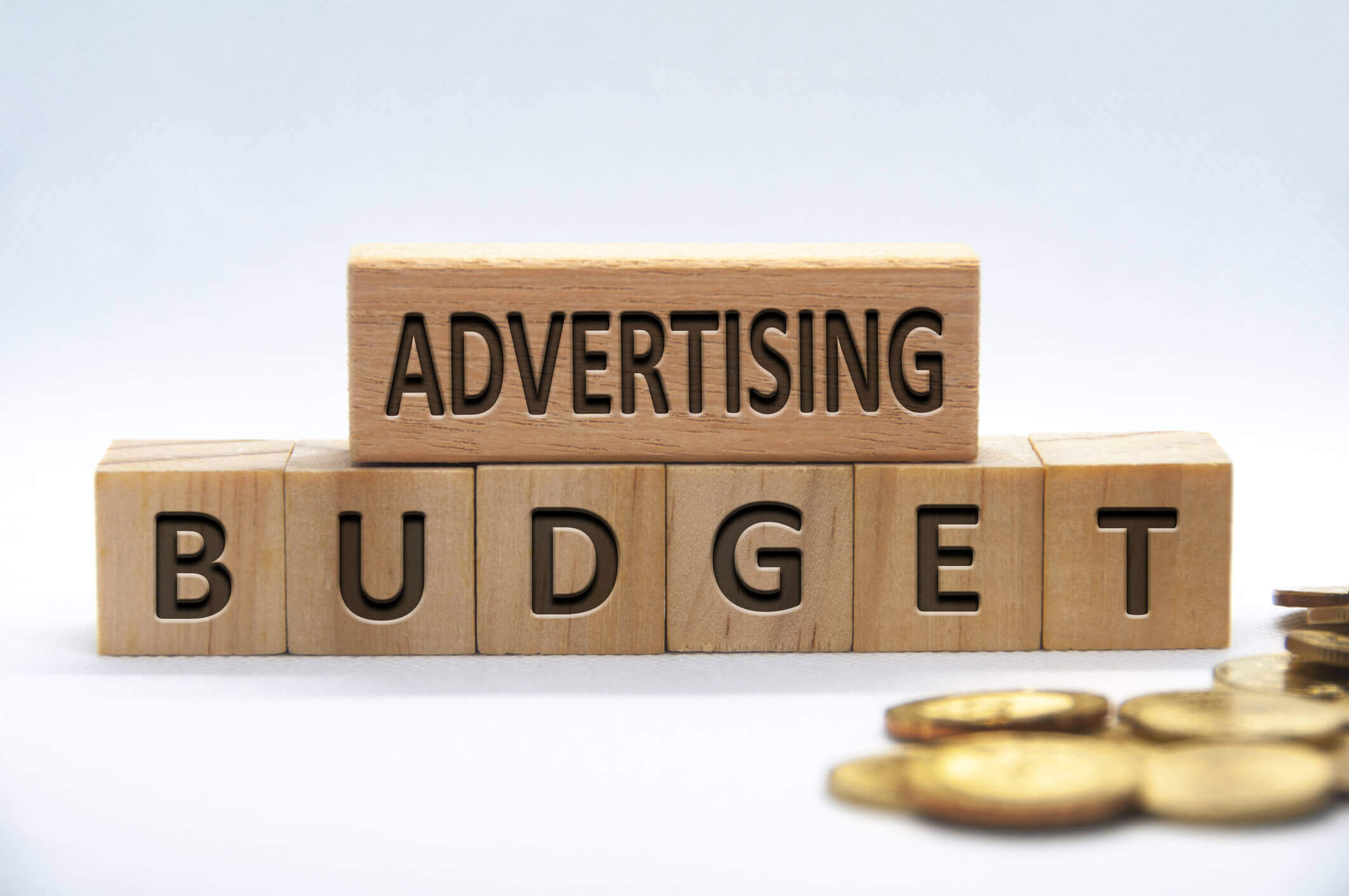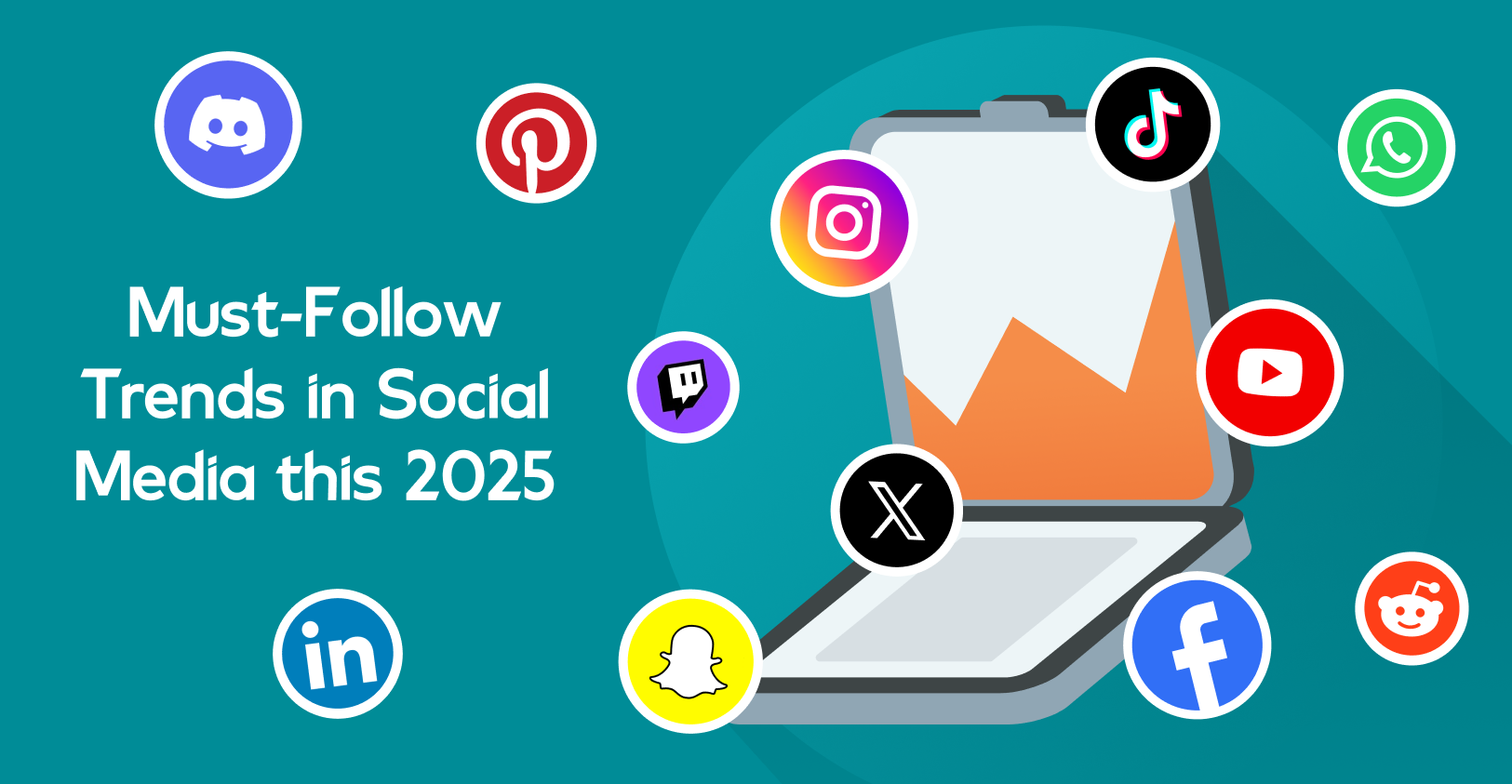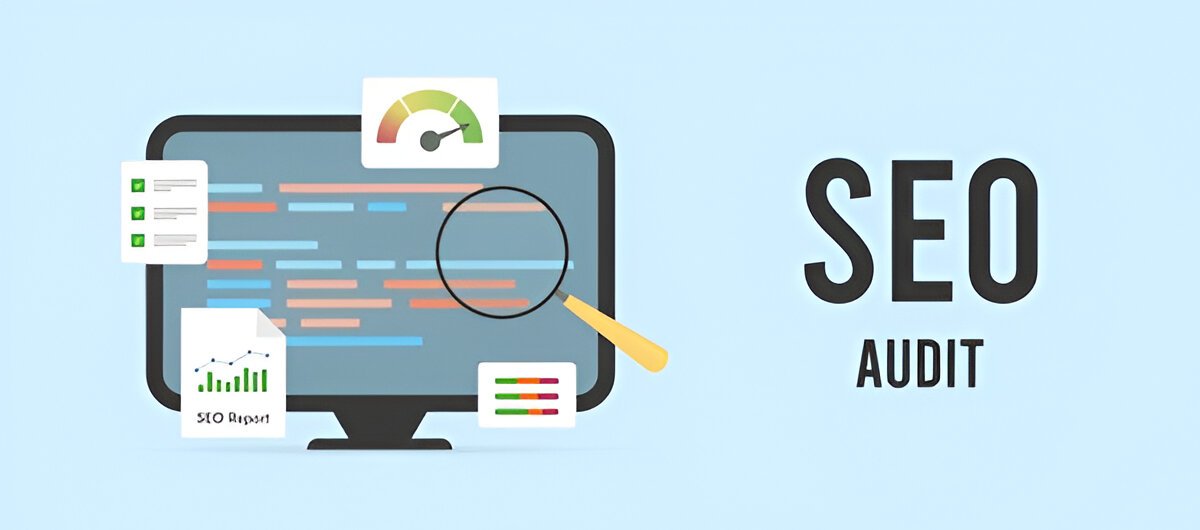Budgeting for Paid Ads: How Much Should You Spend?

Strong 8k brings an ultra-HD IPTV experience to your living room and your pocket.
In today’s digital landscape, paid advertising is a powerful tool for businesses to reach their target audience, drive traffic, and boost conversions. Whether you’re a small business owner, a startup founder, or a marketing manager at a larger company, one question looms large: How much should you spend on a paid ads budget? The answer isn’t one-size-fits-all, but by understanding key factors, setting realistic goals, and adopting a strategic approach, you can craft a paid ads budget that delivers results without breaking the bank.
Why Paid Ads Matter
Paid ads—whether on platforms like Google Ads, Meta Ads, LinkedIn, or TikTok—offer businesses a chance to cut through the noise of organic content. Unlike SEO or social media posts, paid ads guarantee visibility, provided you’re willing to invest. They allow precise targeting, from demographics to interests to behaviors, ensuring your message reaches the right people at the right time. But the catch? You need to spend wisely to see a return on investment (ROI).
The challenge lies in determining a paid ads budget that aligns with your business goals, industry, and resources. Spend too little, and your ads may not gain traction. Spend too much, and you risk wasting money on poorly optimized campaigns. Let’s break down how to approach budgeting for paid ads.
Step 1: Define Your Goals
Before setting a paid ads budget, clarify what you want to achieve. Are you aiming to increase brand awareness, generate leads, drive e-commerce sales, or promote a specific event? Each goal requires a different strategy and budget allocation.
For instance, brand awareness campaigns often require broader reach, which can mean higher costs due to impressions-based metrics like CPM (cost per thousand impressions). Lead generation or sales-focused campaigns, on the other hand, might prioritize cost-per-click (CPC) or cost-per-acquisition (CPA), which can be more cost-effective if optimized well. By defining your goals upfront, you can estimate how much you’ll need to spend to achieve meaningful results.
Step 2: Understand Your Industry and Audience
Your industry plays a significant role in determining your paid ads budget. Competitive sectors like finance, insurance, or legal services often have higher CPCs—sometimes $10 or more per click—due to high demand for keywords. In contrast, industries like retail or hospitality might see CPCs as low as $1–$3. Researching industry benchmarks can give you a ballpark figure for what to expect.
Your target audience also matters. Are you targeting a niche group or a broad demographic? Niche audiences may cost more to reach due to limited inventory, but they can yield higher engagement. Broader audiences might be cheaper but less likely to convert unless your targeting is precise. Tools like Google Ads’ Keyword Planner or Meta’s Audience Insights can help you estimate costs based on your audience and industry.
Step 3: Start Small and Test
If you’re new to paid advertising, resist the urge to pour your entire marketing budget into one campaign. Instead, start with a modest paid ads budget—say, $100–$500 per month—and use it to test different platforms, ad formats, and audiences. For example, you might allocate $200 to Google Ads for search campaigns and $200 to Meta Ads for social media campaigns. Monitor metrics like click-through rate (CTR), conversion rate, and CPA to see what works.
Testing allows you to refine your approach without overspending. Once you identify high-performing campaigns, you can scale your budget gradually, redirecting funds to the platforms and strategies that deliver the best ROI.
Step 4: Use the 5–10% Rule as a Starting Point
A common rule of thumb for businesses new to paid ads is to allocate 5–10% of their revenue to marketing, with a portion of that dedicated to paid ads. For example, if your business generates $10,000 per month, a marketing budget of $500–$1,000 could include $200–$500 for paid ads. This is just a starting point, though—your actual budget will depend on your goals, industry, and growth stage.
For startups or businesses in growth mode, you might lean toward the higher end (or even exceed 10%) to capture market share. Established businesses with steady revenue might stick to the lower end, focusing on maintaining visibility and optimizing existing campaigns.
Step 5: Factor in Campaign Costs Beyond the Budget
Your paid ads budget isn’t just about the money you spend on clicks or impressions. You’ll also need to account for:
Ad creative costs: Designing visuals, writing copy, or producing videos can add up. If you’re outsourcing, budget for creative services.
Tools and software: Platforms like Google Ads or Meta Ads are free to use, but you might invest in tools like Canva, SEMrush, or Hootsuite for optimization and analytics.
Management fees: If you hire an agency or freelancer to manage your campaigns, factor in their fees, which can range from 10–20% of your ad spend.
These additional costs can impact your overall budget, so plan for them early to avoid surprises.
Step 6: Optimize and Scale
Once your campaigns are running, optimization is key to stretching your paid ads budget. Focus on:
Targeting: Refine your audience based on performance data. For example, if women aged 25–34 are converting better than other demographics, shift more budget to that segment.
Ad quality: High-quality ads with compelling copy and visuals tend to have better CTRs, which can lower your CPC.
Bidding strategies: Experiment with manual vs. automated bidding to find what maximizes your ROI.
As you optimize, you’ll likely see opportunities to scale. For example, if a Google Ads campaign is delivering a CPA of $20 and your target is $30, you can confidently increase your budget to drive more conversions.
Step 7: Monitor and Adjust Regularly
A paid ads budget isn’t set-it-and-forget-it. Markets shift, audience behaviors change, and platform algorithms evolve. Check your campaign performance weekly or biweekly to ensure you’re getting the desired results. If a campaign isn’t performing, pause it and reallocate funds to what’s working.
It’s also worth revisiting your budget quarterly. As your business grows or your goals shift, your paid ads budget should evolve to reflect those changes.
Final Thoughts
Determining how much to spend on a paid ads budget requires a balance of research, experimentation, and ongoing optimization. Start by defining your goals, understanding your industry, and testing with a modest budget. Use benchmarks like the 5–10% rule, factor in all costs, and continuously refine your campaigns to maximize ROI. With a thoughtful approach, paid ads can become a cornerstone of your marketing strategy, driving growth without draining your resources.
Note: IndiBlogHub features both user-submitted and editorial content. We do not verify third-party contributions. Read our Disclaimer and Privacy Policyfor details.







